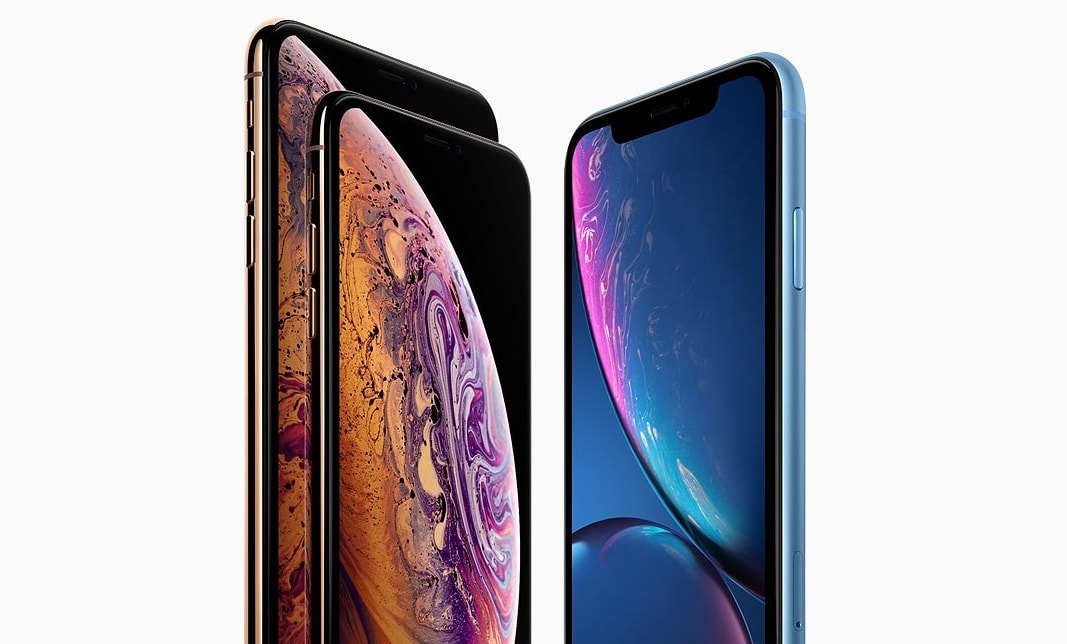Not included in the Q4 financial results Apple just announced was the number of iPhone units sold. An analyst firm quickly filled in the gap, estimating that 65.9 million iOS handsets shipped in the last quarter of 2018, down significantly.
This is the first quarterly earnings announcement in which Apple didn’t reveal how many iPhone, Mac, and iPad units it had sold.
A hard time for iPhone sales
In the equivalent October-to-December period of 2017, Apple shipped 77.3 million iPhones, so the year-over-year decline was 14.7 percent, according to Neil Mawston from market-research firm Strategy Analytics.
It’s surely not coincidental that Apple revealed this afternoon that its revenue from iPhone sales declined 15 percent year over year.
Mawston credited the drop to a laundry list of problems, including “high retail pricing, unfavorable foreign exchange rates, intense competition from rivals like Huawei, battery replacement programs driving longer ownership cycles, diminished carrier subsidies in some developed markets, and flagging demand in some emerging markets.”
Apple itself admitted to many of these issues in a conference call with investors after its earning announcement.
During that same call, Luca Maestri, Apple’s Chief Financial Officer, said that the new 2018 handsets were at the top of device sales. Its best-selling model is the iPhone XR, then the iPhone XS Max, followed by the iPhone XS.
Not so bad for everything else Apple makes
While iPhone had tough quarter, this company’s revenue from all its other products and services grew 19 percent year-over-year. Q4 revenue from Mac was up 9 percent to $7.4 billion, while iPad revenue went up 17 percent to $6.7 billion.
We don’t have official numbers for units sold for any of these product categories because, as mentioned, Apple stopped announcing them. When it warned everyone of this change back in November, it said the goal is to encourage investors to look at other aspects of its business and not fixate on iPhone shipments.
Still, handsets make up a big percentage of Apple’s business. While the company touted that revenue from services grew 19 percent to an all-time high of $10.9 billion, that number is still dwarfed by the $52.0 billion it took in from iPhone in Q4.


